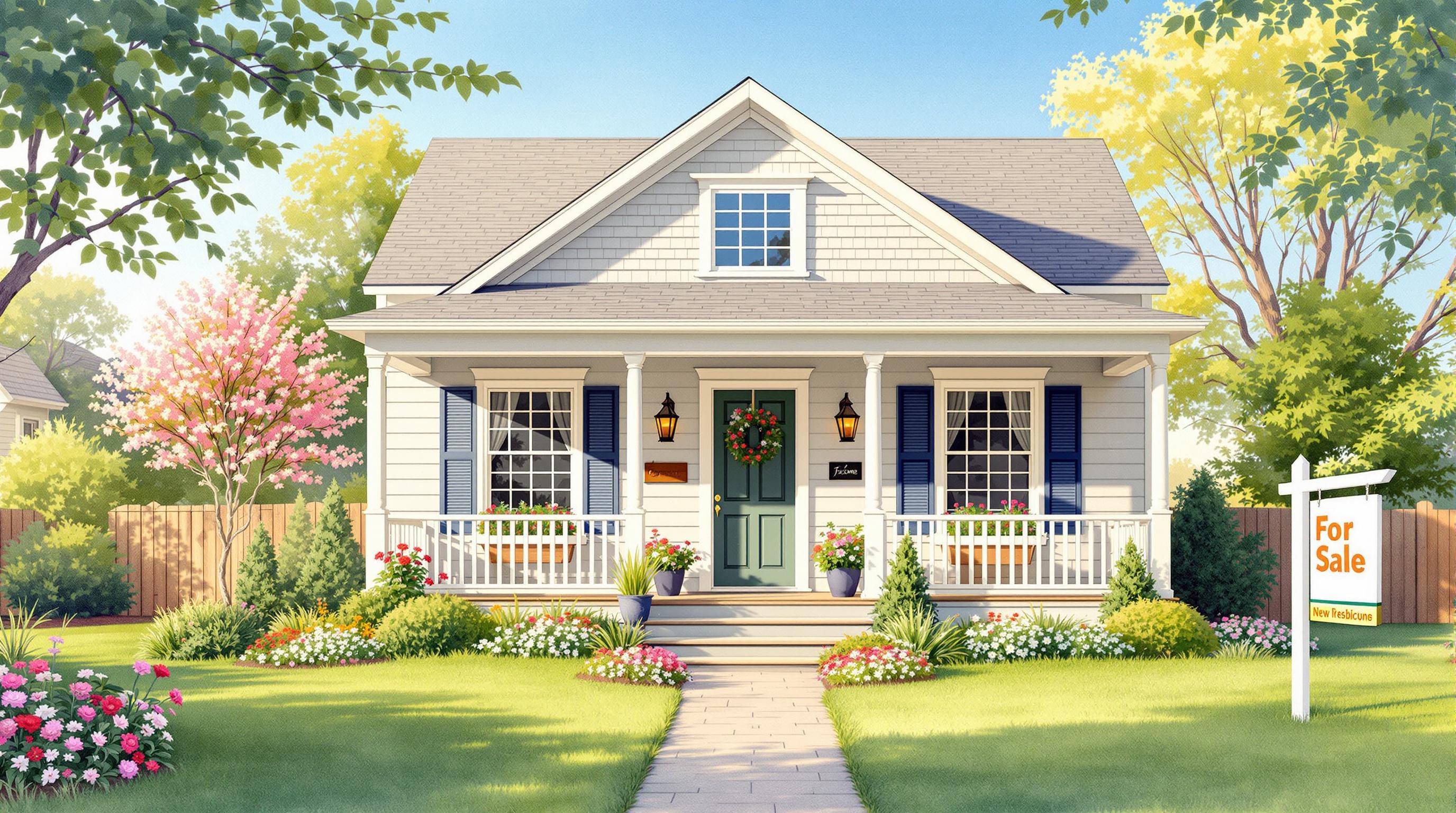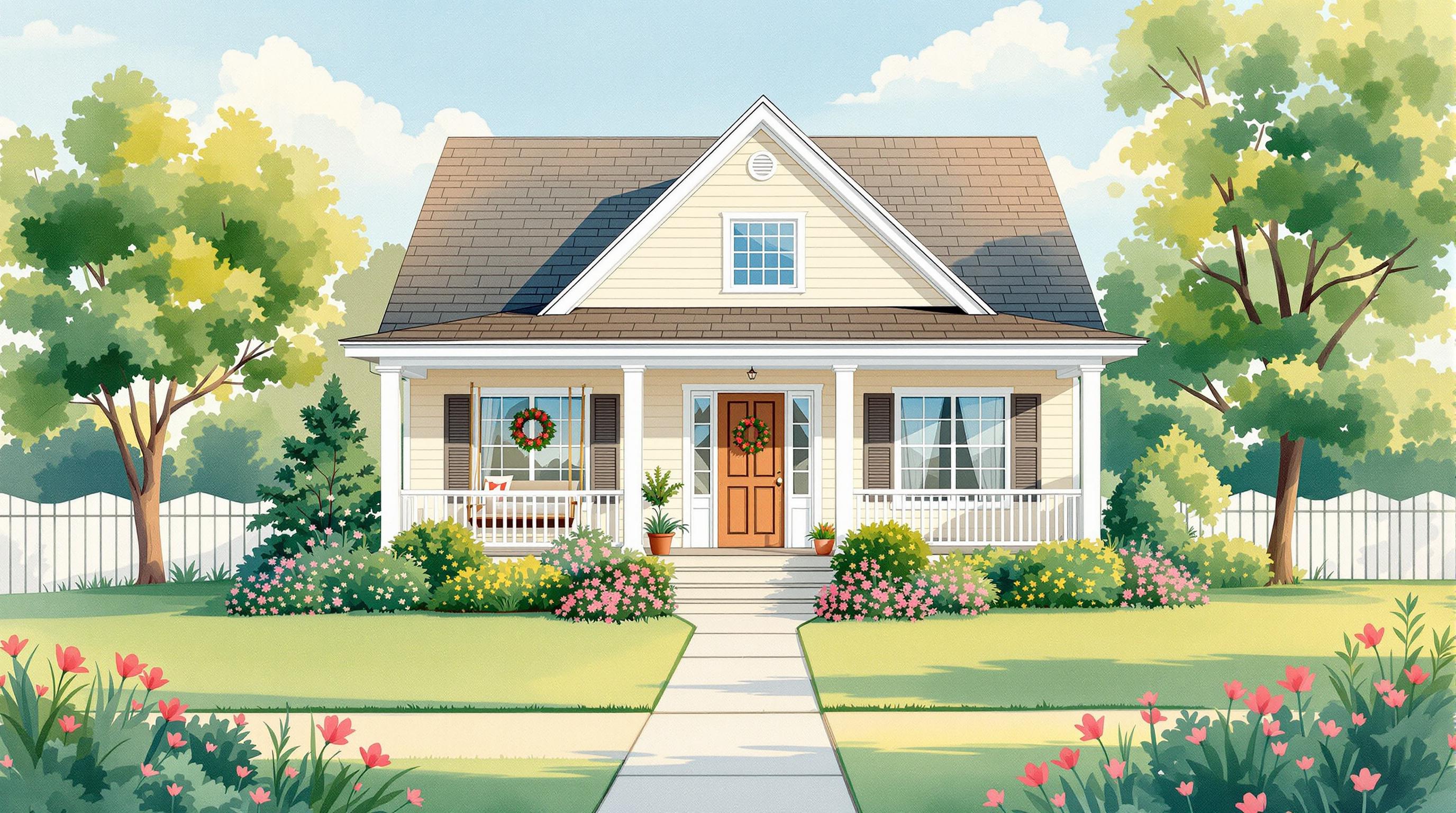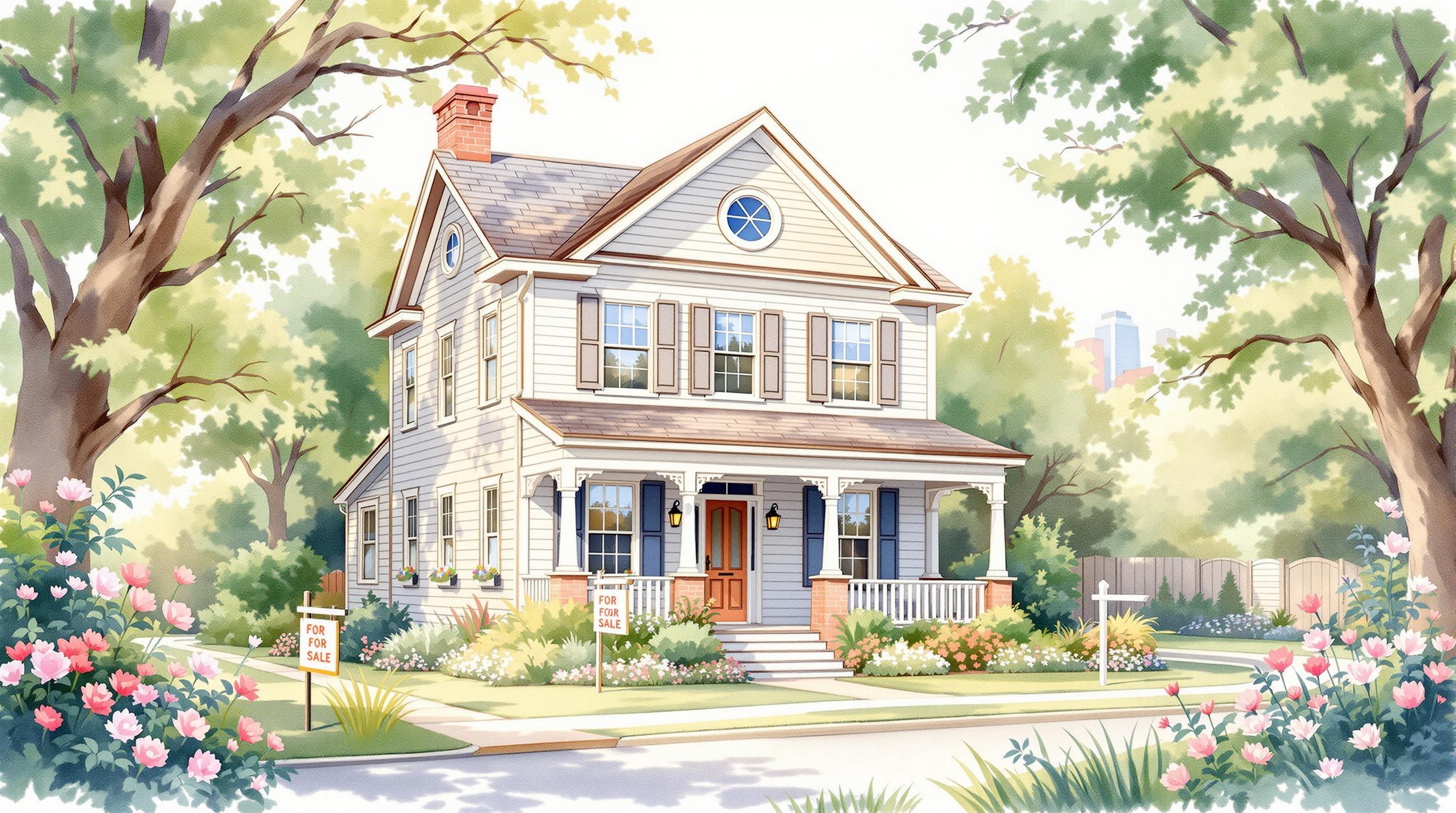Harrisburg’s real estate market in 2025 offers diverse opportunities for investors, but it also comes with risks. Here’s a quick summary of the key points:
- Midtown District: High demand from professionals and startups. Property prices are rising, making it ideal for historic home renovations, rentals, or commercial investments.
- Allison Hill Area: Affordable entry point with mixed property conditions. Great for value-add investments and rentals targeting a diverse tenant pool.
- Shipoke Neighborhood: Offers historic charm and premium rents but faces significant flood risks, requiring careful planning for insurance and property protection.
Quick Comparison
| Neighborhood | Pros | Cons |
|---|---|---|
| Midtown District | High demand, vibrant scene, historic appeal | Higher property prices, competition |
| Allison Hill Area | Low entry costs, rental demand | Mixed property conditions, upkeep needed |
| Shipoke Neighborhood | Riverside views, premium rents | Flood risks, higher insurance costs |
Harrisburg’s market is growing, with median sale prices up 21.3% YoY and strong demand. Whether you prioritize affordability, growth potential, or charm, each area offers unique opportunities tailored to different investment strategies.
Is HARRISBURG Real Estate a Good Investment?
1. Midtown District
Midtown has shown impressive investment growth. By February 2025, Mount Pleasant's median home price reached $143,000 - a 54.9% increase compared to the previous year. Let’s break down the neighborhood’s boundaries and what makes it a hot spot for investors.
The district stretches from Forster Street in the south to Maclay Street in the north, and from 7th Street to the Susquehanna River in the west. Several factors are driving property values here:
| Factor | Influence on Property Values |
|---|---|
| Close to Downtown | Boosts property appreciation due to walkable access to jobs and amenities |
| Vibrant Arts and Tech Scene | High rental demand from creative professionals and startups |
| Historic Appeal | Renovated older homes often sell at premium prices |
Since the 1990s, gentrification along Penn and Green Street has increased local incomes from under $30,000 to over $40,000 (adjusted for inflation).
"I anticipate that the neighborhood is going to continue to grow, more people are going to move in, and more of the people who move in are going to stay", says Shawn Westhafer, president of the Friends of Midtown.
The ongoing changes in Midtown have opened up a variety of investment opportunities. Key areas of focus include:
- Commercial Properties: Small businesses and tech startups are driving demand.
- Historic Home Renovations: The northern and eastern sections offer strong potential for value growth.
- Rental Properties: A growing number of young professionals and artists are fueling the rental market.
Though Midtown properties often come with higher price tags, the neighborhood’s steady revitalization since the 1980s underscores its long-term growth outlook.
2. Allison Hill Area
Allison Hill presents an affordable entry point for investors, with ongoing improvements following its industrial downturn in the 1970s. The neighborhood is divided into North, Central, and South sections, each offering distinct opportunities.
Here's a snapshot of the current market:
| Market Factor | Current Status | Investment Implication |
|---|---|---|
| Median Income | $24,692 (South Allison Hill) | Tailor rental strategies for lower-income tenants |
| Population Growth | 16,917 residents (2020) | Reliable tenant pool |
| Property Conditions | Mixed, with potential for renovations | Opportunities for value-add investments |
| Community Support | Active improvement programs | Possible property appreciation |
South Allison Hill, defined by Cameron Street, Market Street, 18th Street, and Paxton Street, showcases a diverse rental market: 40% Hispanic, 40% African American, and 26% White. The area also benefits from local police substation efforts to enhance safety and stability.
Investment opportunities here generally fall into two main categories:
- Value-Add Properties: Homes that need upgrades can yield higher returns, especially with support from the area's Weed and Seed neighborhood designation.
- Stabilized Assets: Well-kept properties in areas benefiting from community programs offer consistent rental income.
With a steady population and active local initiatives aimed at improving safety and quality of life, Allison Hill shows promise for long-term growth and property appreciation.
sbb-itb-7fa5722
3. Shipoke Neighborhood
Shipoke is a neighborhood that combines historic charm with some tough challenges, particularly when it comes to flooding. Known for its scenic riverside views and unique character, the area unfortunately faces significant flood risks. Basements in Shipoke start flooding when the river reaches 17 feet, and evacuations become necessary at 23 feet. Since 1810, the neighborhood has experienced about 14 major floods, averaging one every 15 years, highlighting its vulnerability.
Here’s a breakdown of the main risks and ways to address them:
| Risk Factor | Impact on Investment | Mitigation Strategy |
|---|---|---|
| Flood Insurance | Higher operating costs | Adjust rental pricing accordingly |
| Property Damage | Increased repair and maintenance | Use flood prevention systems |
| Evacuation Risk | Potential rental interruptions | Add specific provisions to leases |
| River Level | Critical above 23 feet | Regularly monitor FEMA flood maps |
Flooding events like Tropical Storm Lee in 2011, when the Susquehanna River exceeded 25 feet (the fifth-worst flood in the area), along with historic disasters such as Hurricane Agnes in 1972, a 1996 ice flood, and Hurricane Ivan in 2004, emphasize Shipoke’s ongoing flood challenges.
Curt Melick, a local resident, captures the duality of living in Shipoke:
"It's a great neighborhood with loads of charm and a great river view. Unfortunately, it's a love-hate relationship. You love where you're living but hate the inevitable flooding."
Investing in Shipoke requires a thoughtful approach. Key considerations include:
- Looking into FEMA assistance programs for post-flood recovery.
- Exploring options to elevate properties or install flood prevention measures.
- Factoring higher insurance premiums into financial planning.
- Weighing the neighborhood’s historical resilience and ongoing appeal against its flood risks.
While Shipoke’s strong community ties and historic architecture are undeniably appealing, potential investors need to carefully evaluate whether the rewards outweigh the challenges posed by frequent flooding.
Investment Comparison by Area
Midtown, Allison Hill, and Shipoke each present their own mix of opportunities and challenges for investors.
Midtown is a popular choice due to steady demand from professionals and state employees. However, higher property prices and stiff competition can make it harder to achieve strong returns.
Allison Hill stands out for its lower property costs and high rental demand, which can lead to solid returns. That said, property management here often requires careful tenant screening and consistent upkeep.
Shipoke attracts renters with its historic appeal and riverside views, allowing for higher rents. On the flip side, the area’s flooding risks and higher insurance premiums can eat into profits.
When deciding between these neighborhoods, consider factors like your risk tolerance, how much hands-on management you’re willing to handle, and your long-term investment goals. Each area offers something different, so the right choice depends on your strategy and ability to navigate the specific challenges of the local market.
Conclusion
Harrisburg's real estate market offers a range of investment opportunities, with its neighborhoods catering to different goals and strategies. The area's steady growth and strong market fundamentals make it an appealing choice for investors looking to expand their portfolios.
Recent data highlights the market's strength, with homes often selling above list price and notable year-over-year price increases. Zillow's optimistic forecast further supports Harrisburg's positive momentum. This performance reflects the variety of investment options available across the city's neighborhoods.
Each neighborhood in Harrisburg has its own appeal. Midtown draws professionals with its urban lifestyle, though higher property prices require careful evaluation of potential returns. Allison Hill provides lower entry costs and high rental demand, making it a good option for investors focused on rental income. Shipoke, with its historic charm and riverside appeal, commands premium rents but comes with higher insurance costs and flood risks. By analyzing these areas, investors can align their strategies with their financial goals and risk tolerance.
As the market continues to pick up speed and attract buyers from larger East Coast cities, making timely, informed decisions is more important than ever. Expert guidance can make a significant difference in navigating this competitive landscape.
Central PA Realty offers the local expertise needed to help investors uncover opportunities and manage potential risks in Harrisburg's evolving market.



